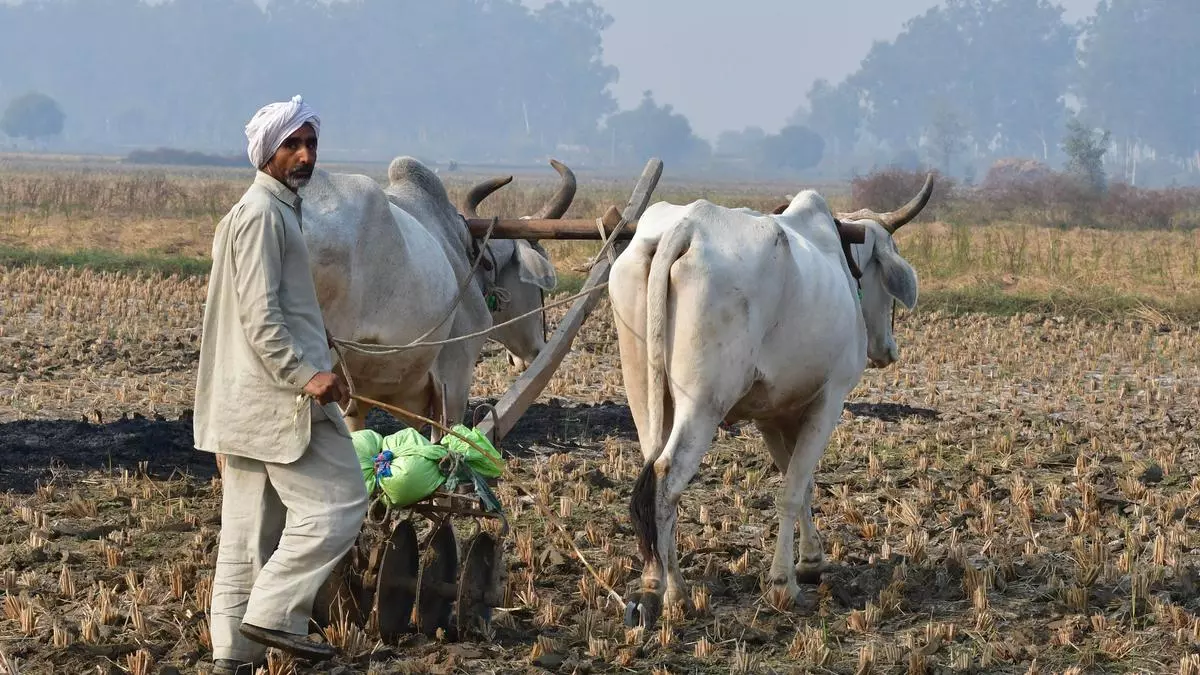Indian monsoon commences withdrawal, will help rabi crops sowing
The south-west monsoon, which contributes 75 per cent of India’s annual normal rainfall of 116 cm, retreated on Monday from some parts of west Rajasthan and Kachchh region in Gujarat. With this, the withdrawal journey has begun, India Meteorological Department (IMD) said. The monsoon had covered the entire country on July 2, six days earlier than its normal schedule, after arriving on the mainland on May 30, two days earlier than normal.
“Southwest monsoon has withdrawn from some parts of west Rajasthan and Kachchh, today, against the normal date of September 17. The line of withdrawal of monsoon passes through Anupgarh, Bikaner, Jodhpur, in Rajasthan, and Bhuj and Dwaraka in Gujarat,” IMD said in a statement.
Conditions are favourable for further withdrawal of monsoon from some more parts of west Rajasthan and adjoining areas of Punjab, Haryana and Gujarat during next 24 hours, IMD said.
Major features
IMD follows certain criteria after studying the rainfall pattern from September 1 to declare the monsoon withdrawal from extreme north-western parts of the country. The major synoptic features considered for the first withdrawal from the western parts of North-West India include cessation of rainfall activity over the area for continuous 5 days, establishment of anticyclone in the lower troposphere (850 hPa and below) and considerable reduction in moisture content.
“Late withdrawal by a week indicates good prospects for rabi crops as there will be sufficient moisture available for the sowing of crops like wheat, gram, mustard and other rainfed crops. It is a well set target for wheat at 115 million tonnes (mt) and only to see whether winter will be prolonged and no early rise in temperature takes place in February-March next year,” said former agriculture commissioner JS Sandhu.
Last year, monsoon withdrawal commenced from west Rajasthan on September 25, delayed by eight days and it retreated from the entire country on October 19 against its normal date of October 15.
Rabi meeting
In the 2023-24 rabi season, the country produced 157.84 million tonnes (mt) of foodgrains, including 112.93 mt of wheat. The government has set a production target of 164 mt for foodgrains, including 115 mt of wheat for the rabi season 2024-25. The Agriculture Secretary is scheduled to chair a meeting with State government officials on Tuesday to chalk out strategies for the ensuing rabi season.
Though monsoon is deficient in north-east, it is not going to have any adverse impact on rabi crop prospects. Rather, it will help because high soil moisture does not allow sowing in winter, Sandhu said. Less monsoon rains may boost sowing of lentil (masur), lathyrus like crops in the Eastern States, he added.
From June 1, when the monsoon season began, the monsoon rainfall has been 5 per cent above normal at 88.08 cm until Monday, as against its long period average (1971-2020) of 83.77 cm between June 1 and September 23. IMD had forecast this year’s monsoon to be in the “above normal” range, quantitatively 106 per cent of the LPA, with a model error of ± 4 per cent. It also forecast that the monsoon was likely to be above normal over Central and Southern India, normal over the North-West region, and below normal over North-East India.
